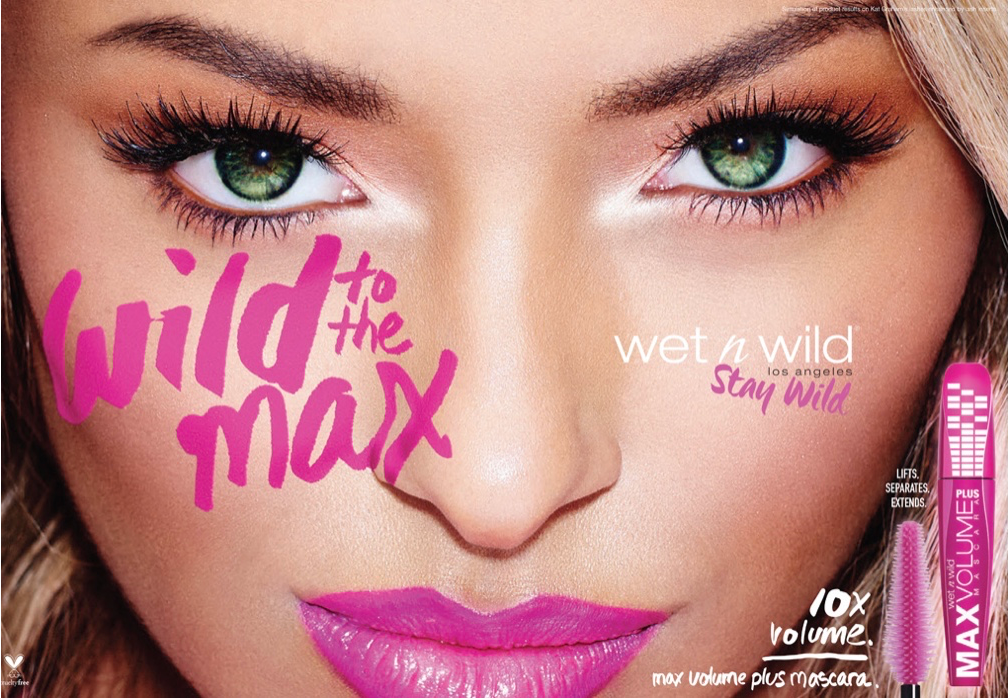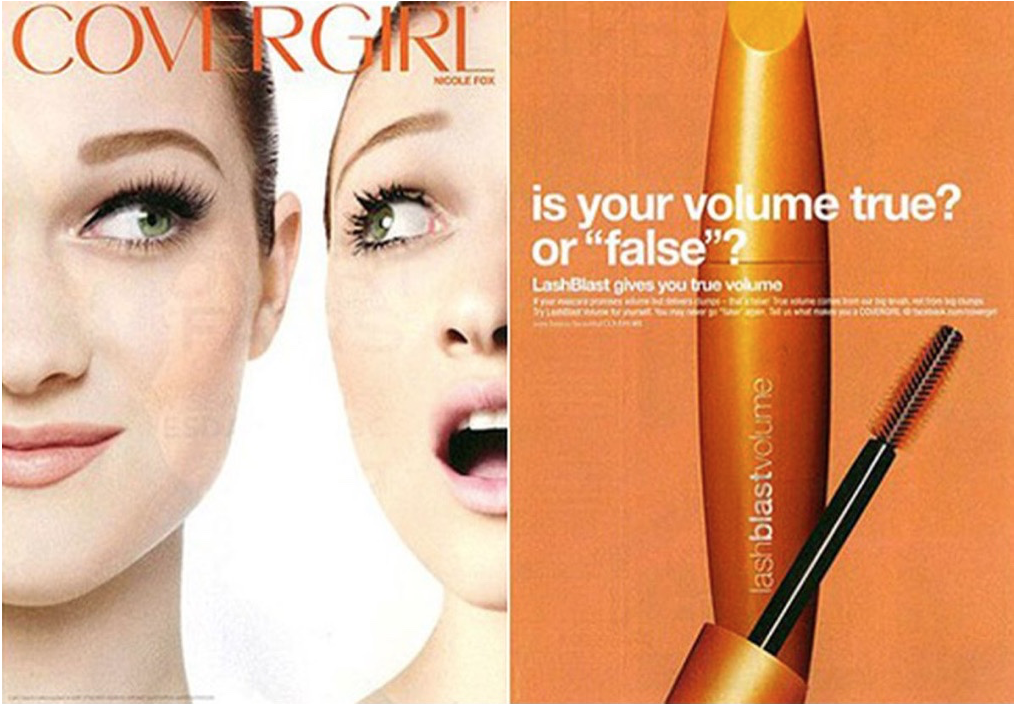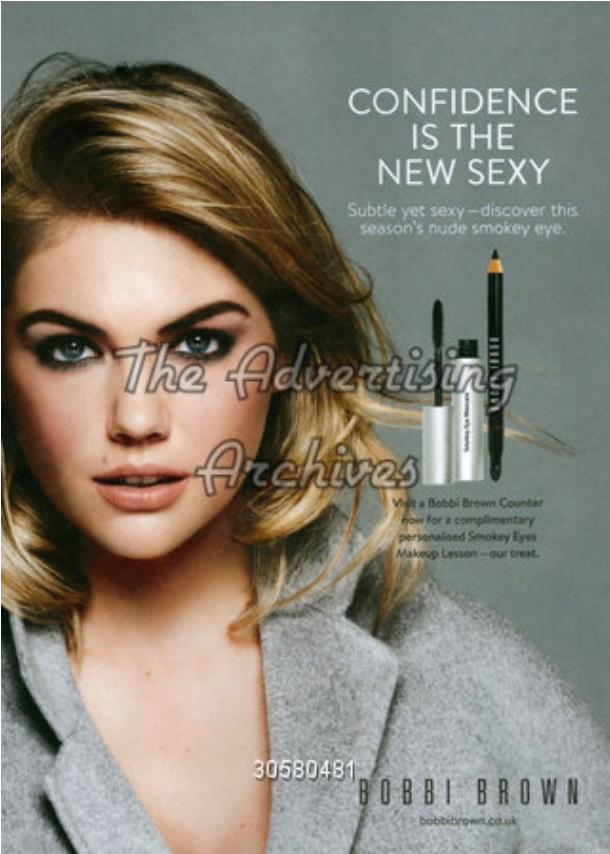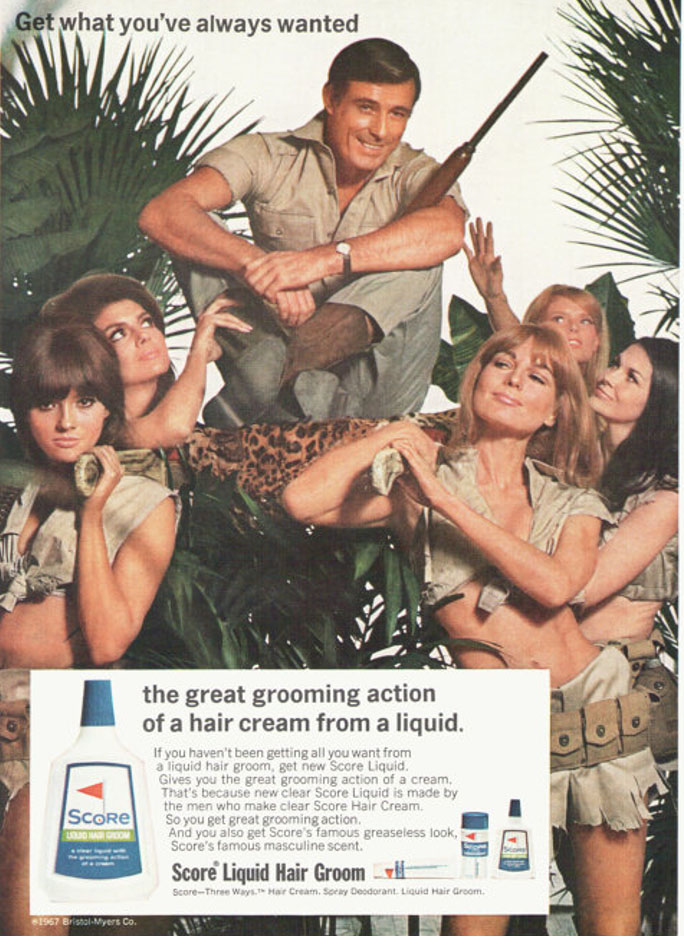My game is based on the Love Island T.V show. The target audience is teenagers who are above the age of 12, mainly up to around 25. This is due to some minor strong language, players require knowledge of the love island program and the fact that the characters are in small clothing, displaying areas of their bodies like their bottom and cleavage. The player tries to find love, while maintaining strong friendships with everyone in the villa so their peers don’t try to sabotage them. The player needs to try and pick the right boy who matches them and their interests. This is worked on over different episodes and the players can only complete one episode a night, this also prevents them spending a lot of time on their devices.
I created a dominant signifying image of a curvy, physically fit female who is in her early 20’s and she is represented as feminine.The aim of my game corresponds to Tori Moi’s analysis of the distinction between female, feminine, feminist categories of representation (1987). In my production there is a clear focus on femininity. This can be identified in the purple bikini I put my character in and her womanly curves. She is a physically fit female who is in her early 20’s which can be attractive to the male eye. My character is the stereotypical woman that has a body type that would be classed as reactionary as it is something you would expect the main character in a game like this to look like. It can also be identified through the posture that I created for my protagonist, as she is perfectly aligned and upright.
In some ways this is in contrast to Laura Mulvey’s theory of the male gaze as my dominant signifier is not designed in the way that she appears sexualised or provocative – in the words of Mulvey, “It is said that analysing pleasure, or beauty, destroys it.” (“Visual and Other Pleasures”, 1989). However, my character will be vividly analysed by males, she will be sexualised because of her womanly features and confident posture. In some ways this inverts Laura Mulvey’s notion of the male gaze as my main character is there to be objectified and looked at. This could be in the way that she is being sexualised by men but also envied by women in the sense that some will feel jealous of her ‘perfect body’. The notion of the male gaze is quite distinct as it relates to the sexualisation of the dominant signifier, which is certainly the case for my character with regards to men. The quote “Women’s desire is subjected to her image as bearer of the bleeding wound” perfectly explains a woman’s view in the way that she feels she is only there for her male partner to look after him and so he can use her for her body.
I believe that in society, masculine males are a lot more respected and accepted than feminine females so I produced a game where instead of the man being the main focus or any visual vocus at all, it is the woman who’s more dominant and she is on the front cover. In this sense my product is a reactionary representation of femininity that challenges the stereotype of a male being the main focus. However, I don’t think that this is a positive representation of femininity, I personally believe that a female with a ‘perfect’ body represents a photoshopped body (if it was someone in real life). This kind of representation can be toxic to the public/game players as it is not healthy for females to aspire to such a high expectation.
While the plot line of my game also is a stereotypical representation of women, in the video game industry it contrasts the main idea. My character is not relying on a male character to control her or influence her, in fact she is able to make decisions for herself and doesn’t require rescuing. However, according to Anita Sarkeesian from Feminist Frequency women are often relient on men and ‘must be saved by a male character’. This gives the male character and/or game player the satisfaction of believing that the ‘damsel in distress’ needs a male to rescue her and her life lies in his hands.
As such, if I was to create this product again, I would avoid the stereotypical representation of a curvy, young model and try to create a character that was more radical in representation. I would maybe inhibit a range of signifiers that would connote a male character. I could do this by re-sculpting my character in terms of their body type, hair colour and length and their posture. As such, I would display a much more positive and inclusive message about not just masculinity but just people’s identity in general, one that used a positive countertype to present a radical and challenging representation this could help it’s audience to encourage more of an open and accepting society, with more positive and unique role models for young people to aspire to. The quote ”Young, white, straight male” when referring to ‘typical’ games characters and audiences, shows that there is a certain type for video game inventors. For a violent game this might be for a ”Young, white, straight male” whereas, the reactionary character and audience for my type of game is teenage, straight females who are interested in relationships and drama-filled gossip.












